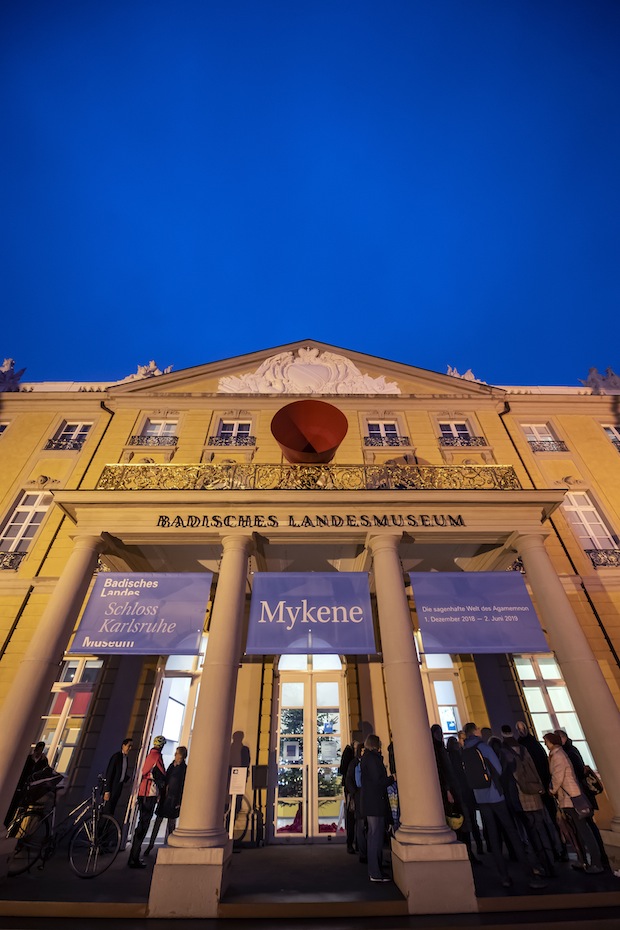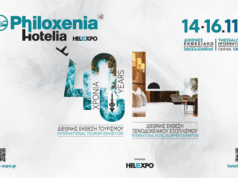If you are lucky enough to be at or near Karlsruhe in Germany, do not miss visiting the fascinating exhibition which was opened on the 30th November, 2018. The exhibition was officially opened by the Secretary of Baden – Wurttemberg, Ms. Petra Olschowski and the Greek General Secretary of Sports and Culture, Ms. Maria Vlazaki.
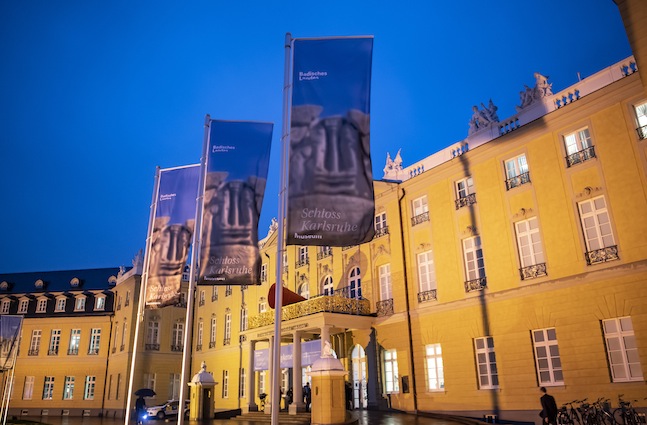
The exhibition which takes up a space of 1000m2, hosts over 400 breathtakingly beautiful and of scientific significance antiquities originating from twelve archaeological regions (Chania, Messenia, Elia, Achaia, Cephalonia – Ithaki to mention but a few) and from two State Museums (Archaeological Museum of Heraclion and the National Archaeological Museum).
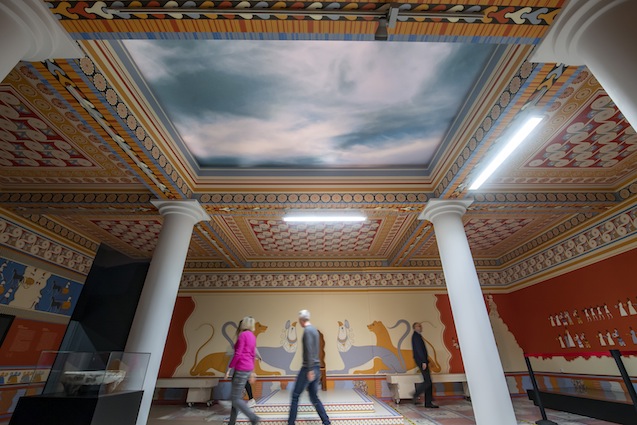
The exhibits are the result of many systematic digs from all over Greece which have been surfaced from the 19th century to the present day. The antiquities highlight the daily life of the Mycenaeans, the administrative organization of the royals, the tomb architecture and the traditions of burial right to the fall of the palatial system and the breakdown of economy and political “unity” of the Mycenaean world. At the same time, emphasis was given to the story of how the digs and the research were carried out.
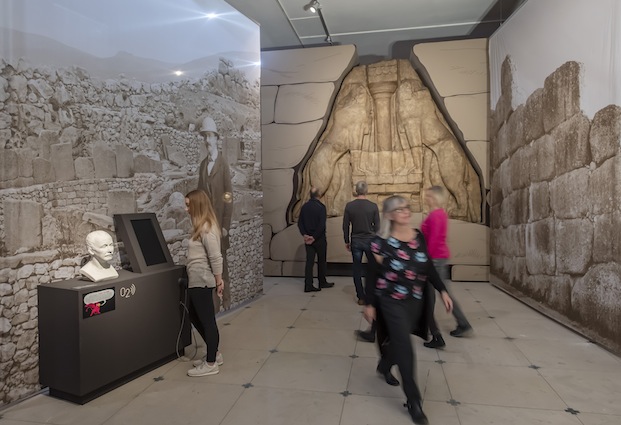
For the benefit of its visitors to the exhibition, a lot of material has been collected, as well as video projections and multimedia from the Museum of the University of Amsterdam. They have also made a replica of the Lions’ Gate at Mycenae; a virtual Throne Room in real life size has also been created along with educational programs and applications on the Web.
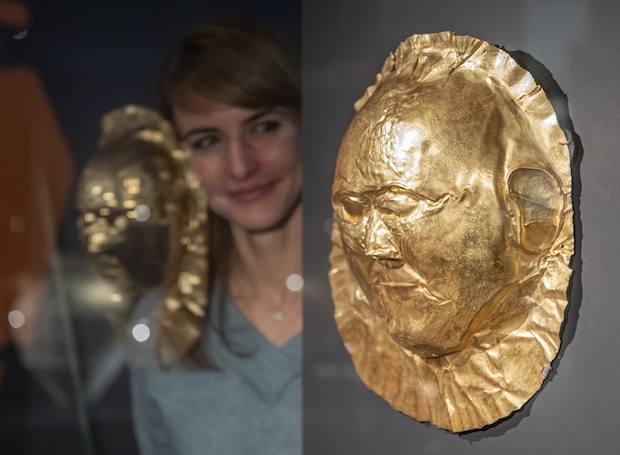
The exhibits that truly stand out are the golden deathly mask, a headstone from the 1st Tomb Cycle of the Mycenae, gold rings and a stone stamp from “Grypa – the warrior of Pylos”. A gold tiara with golden blossoms and collections of wall paintings from Messenia.
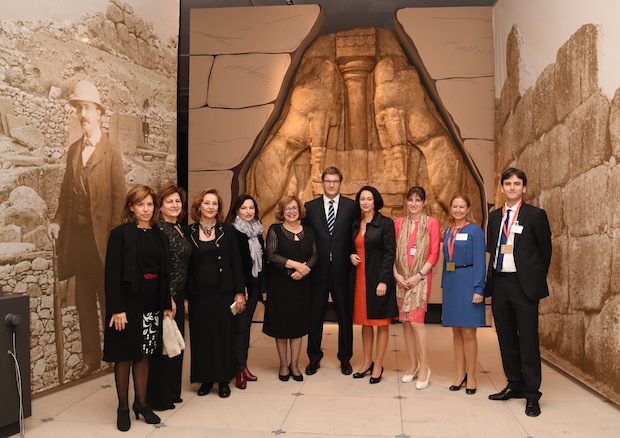
For the safe transportation of all the exhibits and the layout of the whole project, a scientific committee and a task force from the Archaeological Department worked very hard since 2016 to properly pull the whole project through to the successful exhibition which now leaves many breathless and in awe. The German counterparts worked alongside the Greek professionals in total harmony.
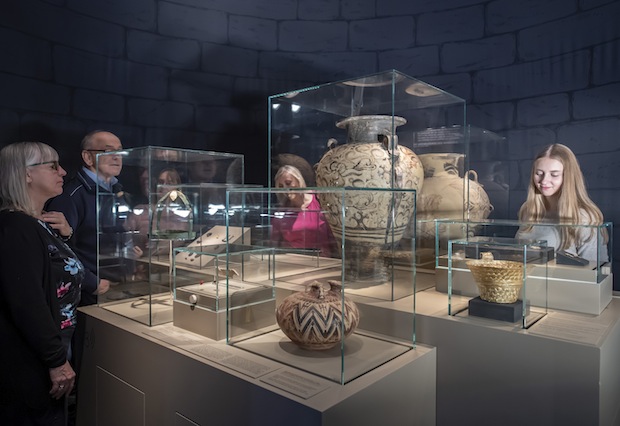
It is worth mentioning that the whole idea was the product of an agreement signed by both countries at the National Museum of Baden, after Germany returned two very significant Cycladean antiquities and also altered its policy, adopting the basic principles of ethics of ICOM (2004).

